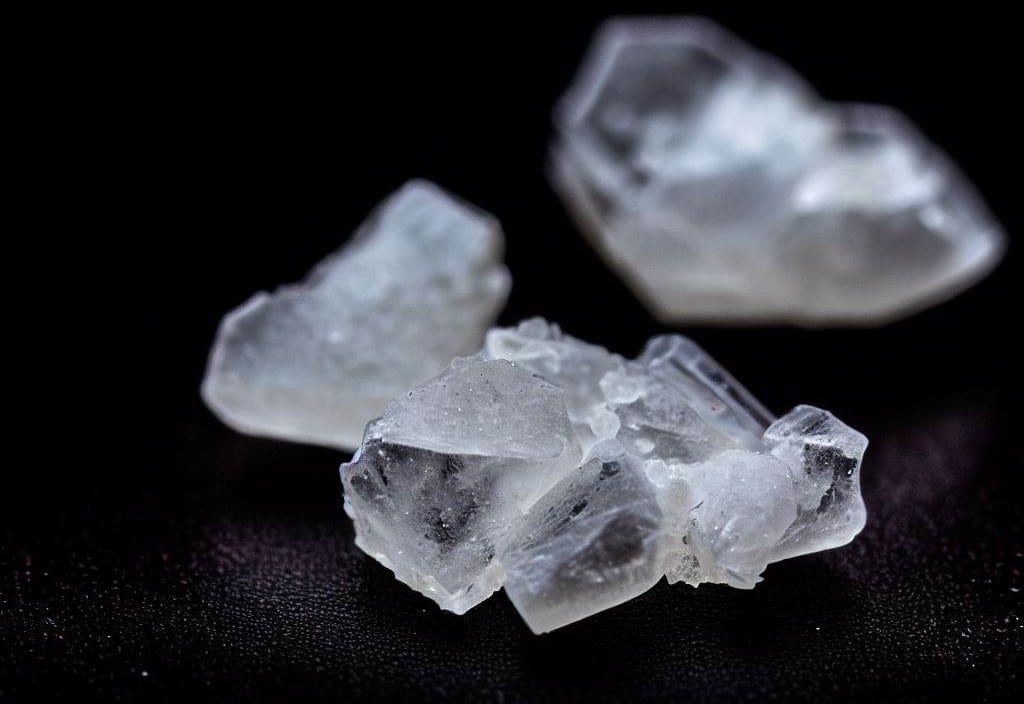Are there more risks of neurotoxicity with MDMA compared to shrooms?
Yes, MDMA (3,4-methylenedioxymethamphetamine) carries a significantly higher risk of neurotoxicity compared to psilocybin-containing mushrooms ("shrooms"). The key differences in neurotoxic risk stem from their mechanisms of action, metabolism, and long-term effects on brain function.
1. MDMA and Neurotoxicity
MDMA primarily affects serotonergic neurons, leading to serotonin depletion and potential long-term damage. The key concerns are:
- Serotonin Neurotoxicity: MDMA causes a massive release of serotonin, leading to oxidative stress and potential damage to serotonin transporters and neurons.
- Dopaminergic Toxicity: In high doses, MDMA also increases dopamine release, which can contribute to neurotoxicity through dopamine oxidation and free radical production.
- Hyperthermia & Excitotoxicity: MDMA increases body temperature and metabolic activity, which exacerbates neuronal damage.
- Long-Term Serotonin Deficits: Chronic MDMA use is associated with reduced serotonin transporter density (SERT) and receptor downregulation, potentially leading to depression, anxiety, and cognitive impairments.
Evidence of MDMA Neurotoxicity
- Human Studies: Neuroimaging and post-mortem studies suggest that heavy MDMA use leads to reduced serotonin axon density, particularly in the neocortex, hippocampus, and prefrontal cortex.
- Animal Studies: Repeated MDMA exposure in primates has been shown to cause lasting serotonergic damage, even after months of abstinence.
2. Psilocybin (Shrooms) and Neurotoxicity
Psilocybin, the active compound in psychedelic mushrooms, is not considered neurotoxic. It primarily acts as a serotonin (5-HT2A) receptor agonist, meaning it stimulates serotonin receptors without causing massive serotonin release or depletion.
- No Evidence of Serotonin Depletion: Unlike MDMA, psilocybin does not lead to serotonin loss or transporter damage.
- Neuroplasticity & Regeneration: Studies suggest psilocybin may promote neurogenesis and increase synaptic connections, potentially benefiting brain function rather than harming it.
- Minimal Long-Term Cognitive Impact: Longitudinal studies show no significant cognitive deficits in psilocybin users, unlike MDMA users who may experience persistent memory and mood disturbances.
3. Comparing Long-Term Risks
| Feature | MDMA | Psilocybin ("Shrooms") |
|---|---|---|
| Neurotoxicity Risk | High (serotonin & dopamine depletion, oxidative stress) | Low (no serotonin depletion, potential neuroplasticity benefits) |
| Serotonin System Impact | Long-term downregulation, transporter loss | Short-term receptor stimulation, no depletion |
| Cognitive Effects | Memory deficits, depression risk | No evidence of cognitive decline |
| Neuroimaging Findings | Reduced serotonin transporter density | No structural damage; possible neurogenesis |
| Risk of Hyperthermia/Excitotoxicity | High, especially in hot environments | Low |
| Long-Term Mood Changes | Risk of depression, anxiety | Possible antidepressant effects |
Conclusion
MDMA poses a significantly higher neurotoxic risk compared to psilocybin-containing mushrooms. While MDMA use—especially at high doses or frequent intervals—has been linked to serotonergic neurotoxicity, psilocybin does not show such effects and may even support neuroplasticity.
If neurotoxicity is a concern, psilocybin is the safer option from a neurological standpoint.
Psychedelic therapy:
